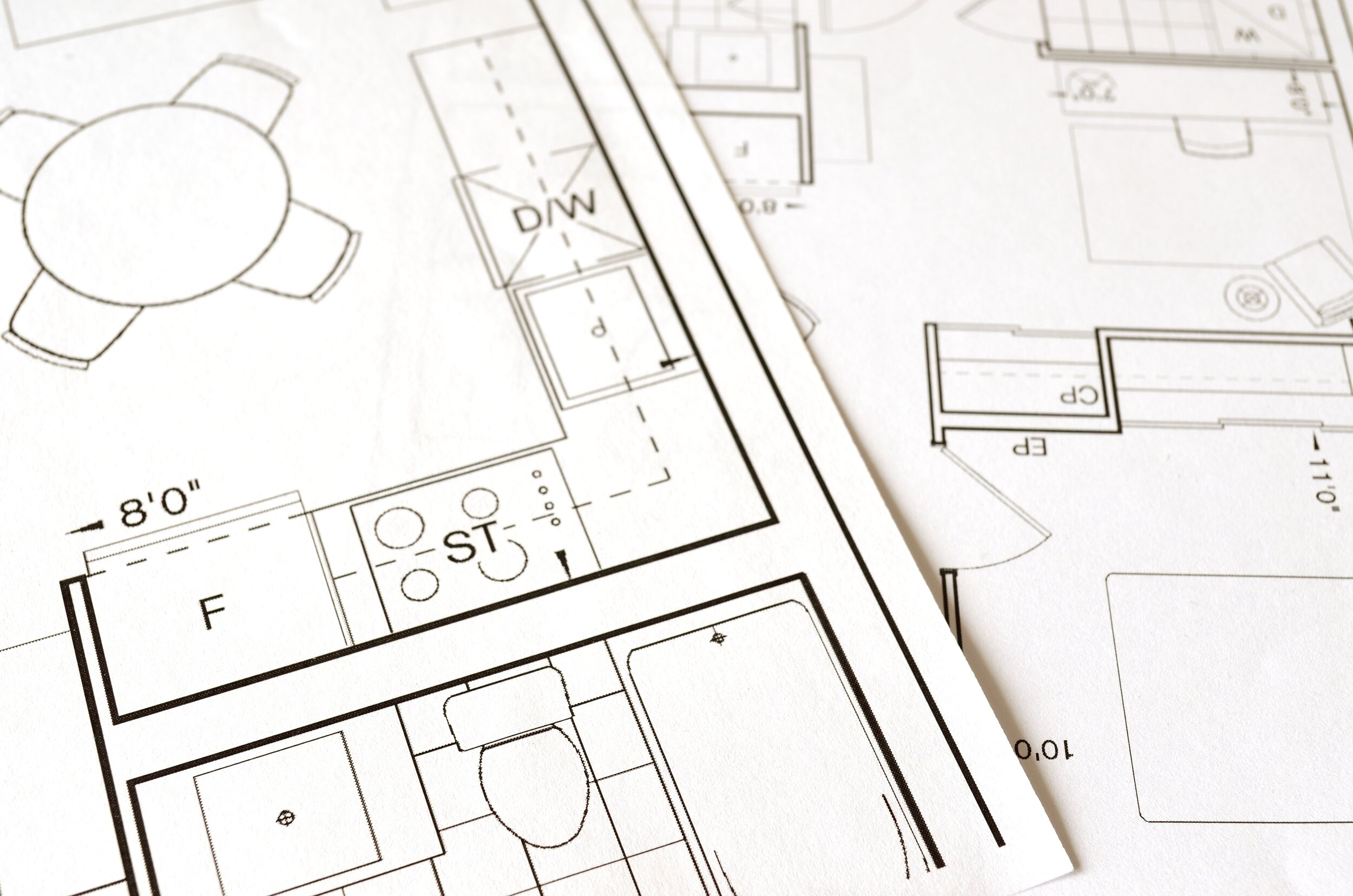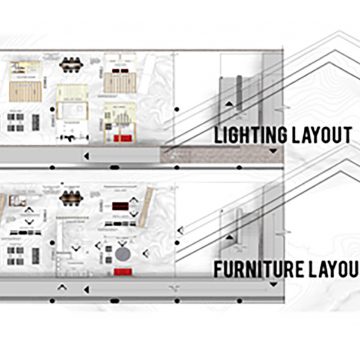Gorgeous Rustic Home Design for Nature-Inspired Living
Gorgeous Rustic Home Design for Nature-Inspired Living
Blog Article
The Art of Balance: Just How Interior Design and Home Engineer Collaborate for Stunning Outcomes
In the realm of home design, striking a balance in between aesthetic appeals and functionality is no little accomplishment. This fragile equilibrium is achieved through the harmonious cooperation in between interior developers and engineers, each bringing their one-of-a-kind proficiency to the table. Keep with us as we discover the ins and outs of this collective process and its transformative impact on home style.
Understanding the Core Distinctions In Between Inside Layout and Home Design
While both indoor design and home style play important duties in developing cosmetically pleasing and practical rooms, they are inherently different techniques. It deals with the 'bones' of the framework, working with spatial measurements, load-bearing wall surfaces, and roof styles. On the other hand, interior layout is much more worried with boosting the aesthetic and sensory experience within that structure.
The Harmony In Between Home Design and Interior Decoration
The harmony in between home architecture and Interior Design hinges on a common vision of design and the improvement of functional appearances. When these two fields straighten harmoniously, they can transform a home from common to extraordinary. This partnership requires a much deeper understanding of each discipline's principles and the ability to create a natural, aesthetically pleasing environment.
Unifying Style Vision
Linking the vision for home design and Interior Design can produce an unified home that is both practical and visually pleasing. The equilibrium begins with an incorporated state of mind; architects and interior developers collaborate, each bringing their knowledge. This unison of concepts develops the style vision, a blueprint that guides the task. This common vision is crucial for uniformity throughout the home, making certain a fluid shift from outside design to indoor areas. It advertises a synergistic technique where architectural elements enhance Interior Design parts and vice versa. The result is a cohesive home that shows the property owner's individuality, taste, and lifestyle. Hence, unifying the design vision is vital in blending style and Interior Design for spectacular outcomes.
Enhancing Functional Looks
How does the synergy between home style and Interior Design boost functional aesthetic appeals? This harmony enables the development of rooms that are not just aesthetically attractive yet likewise comfortably usable. Designers prepared with their structural style, making sure that the area is efficient and useful. The indoor developer after that matches this with carefully picked aspects that improve the aesthetic appeals without jeopardizing the capability. This unified cooperation can result in homes that are both beautiful and liveable. As an example, a designer may make a residence with huge windows and high ceilings. The interior designer can after that accentuate these features with sheer drapes and high plants, specifically, therefore boosting the aesthetic charm while preserving the functional advantages of all-natural light and space.
Relevance of Cooperation in Creating Balanced Spaces
The collaboration between indoor designers and designers is crucial in developing well balanced rooms. It brings consistency between style and design, offering birth to rooms that are not only cosmetically pleasing however likewise functional. Checking out effective collective methods can give understandings right into just how this synergy can be efficiently attained.
Harmonizing Layout and Design
Balance, a vital element of both Interior Design and design, can only absolutely be achieved when these 2 areas operate in harmony. This harmony is not just an aesthetic factor to consider; it affects the capability, resilience, and inevitably, the livability of a space. Inside developers and designers should recognize each various other's duties, respect their know-how, and interact efficiently. They must think about the interaction of structural elements with style, the circulation of areas, and the influence of light and color. This collaborative process causes a cohesive, well balanced layout where every aspect important link adds and has a purpose to the general visual. Consequently, integrating design and style is not nearly producing lovely rooms, however regarding crafting spaces that work flawlessly for their citizens.
Successful Joint Techniques

Situation Researches: Successful Assimilation of Design and Style
Taking a look at a number of study, it emerges exactly how the successful integration of Interior Design and style can transform a space. The Glass House in Connecticut, renowned for its minimalistic sophistication, is one such example. Architect Philip Johnson and interior developer Mies van der Rohe teamed up to create an unified balance between the structure and the inside, leading to a smooth flow from the outside landscape to the internal living quarters. Another prototype is the Fallingwater House in Pennsylvania. Designer Frank Lloyd Wright and interior developer Edgar Kaufmann Jr.'s collective initiatives lead to a strikingly one-of-a-kind house that blends with its natural environments. These study highlight the extensive impact of a successful design and architecture cooperation.

Getting Rid Of Difficulties in Design and Style Partnership
Despite the undeniable benefits of a successful cooperation between Interior Design and design, it is not without its obstacles. Communication problems can emerge, as both parties may use various terminologies, understandings, and strategies in their job. This can lead to misconceptions and delays in project completion. An additional significant difficulty is try this out the harmonizing act of visual appeals and capability. Designers might prioritize structural stability and security, while designers focus on comfort and design. The assimilation of these goals can be complex. Additionally, budget and timeline constraints commonly add stress, potentially triggering breaks in the cooperation. Efficient interaction, mutual understanding, and concession are important to conquer these difficulties and attain a successful and unified collaboration.

Future Patterns: The Advancing Partnership In Between Home Architects and Inside Designers
As the globe of home style continues to progress, so does the relationship between designers and interior developers. The fad leans towards a more collective and incorporated strategy, breaking free from standard functions. Engineers are no more entirely concentrated on architectural integrity, however likewise take part in improving aesthetic charm - Winchester architect. Alternatively, interior developers are accepting technical aspects, influencing overall format and performance. This developing synergy is driven by developments in modern technology and the growing demand for areas that are not only visually pleasing however More Help likewise functional and lasting. The future guarantees a more natural, cutting-edge, and flexible strategy to home layout, as designers and developers remain to blur the lines, promoting a connection that absolutely personifies the art of equilibrium.
Final thought
The art of equilibrium in home design is attained via the harmonious partnership between indoor developers and designers. Regardless of obstacles, this partnership cultivates growth and development in style.
While both indoor design and home style play vital duties in developing cosmetically pleasing and useful rooms, they are inherently different techniques.The synergy between home architecture and interior design lies in a common vision of layout and the enhancement of useful visual appeals.Linking the vision for home style and indoor style can produce a harmonious living room that is both functional and visually pleasing. Hence, unifying the design vision is vital in mixing style and indoor layout for magnificent outcomes.
How does the synergy between home design and interior style enhance practical looks? (Winchester architect)
Report this page